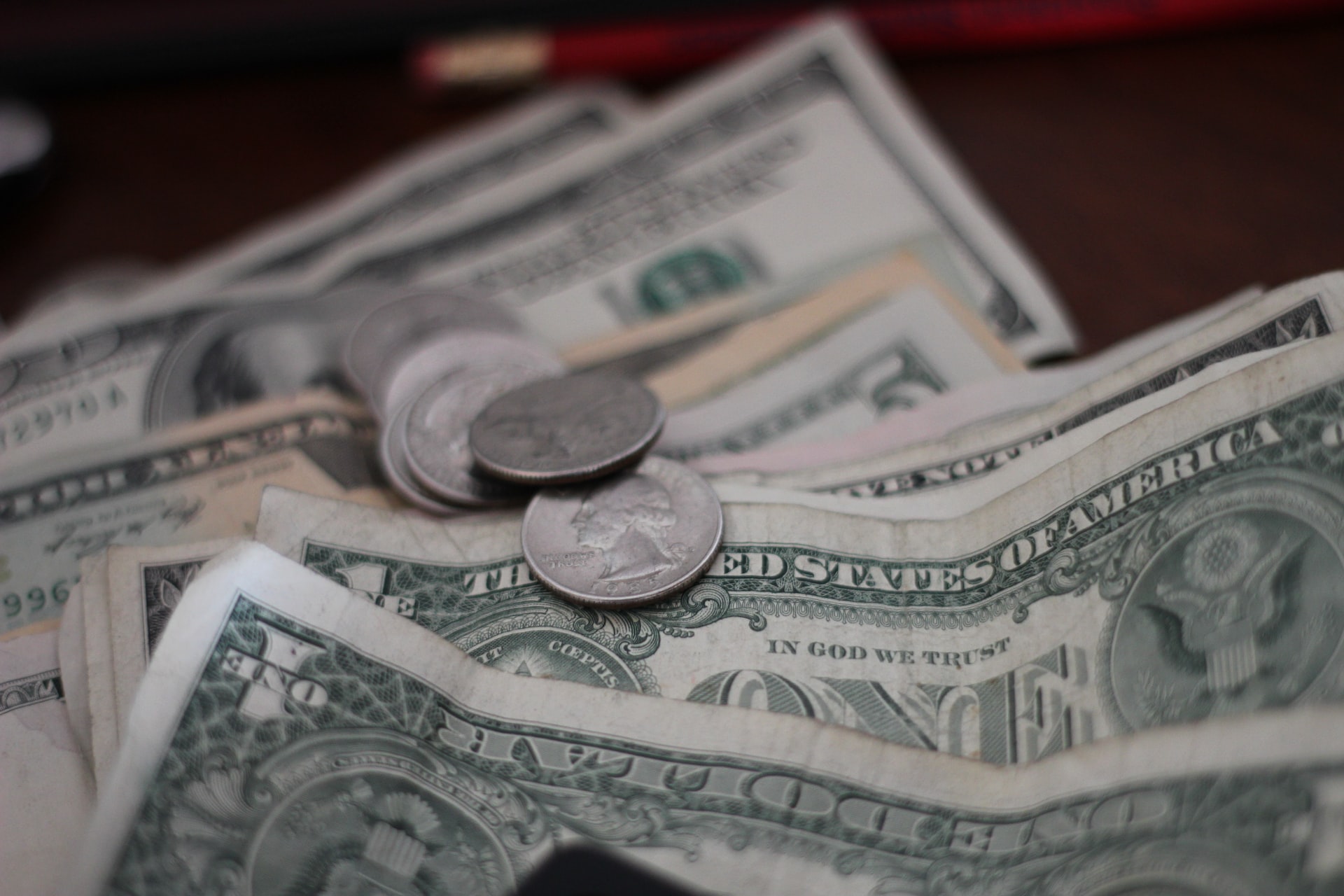How to Make Money as a Web Designer Part 1: 5 Musts for a Newbie

Introduction
As a new web designer, it’s easy to feel overwhelmed by the thought of managing your professional life. There are so many things you need to know: How do you start? What type of education do I need? How can I find good clients? How much can I charge for my services? Will I like this job? A million other questions might pop into your head as well. That’s why we created this list of must-haves on your journey to becoming an experienced professional in the world of web design!
A personal website is a must.
A personal website is a must.
This is the first thing that comes to mind when I think of starting out as a freelance web designer, and it’s probably what most people would recommend. As a freelancer, you need to show that you’re serious about your career and willing to invest in yourself by having an online portfolio. This can be done by creating an account on one of the many websites dedicated to this purpose such as Behance or Dribbble (I personally prefer Dribbble because it has become more focused on design), but even if you don’t want to go through all that trouble, there are plenty of other ways to showcase your work without spending any money.
One simple way I’ve found effective is through using Flickr as a portfolio tool: simply sign up for an account there and upload some photos from past projects—you could even include some screenshots from sites you’ve made! You may also want create links between these images so they take visitors directly back into their respective galleries if they want more information about them; this makes navigating easier while also showing off how much effort went into each piece individually.(Pro tip: If someone clicks on “View full size version” under one photo but gets redirected instead because they didn’t scroll down enough before clicking on View Full Size Version” then make sure there isn’t too much overlap between images.)
The most important quality that employers look for in a web designer is the ability to communicate effectively.
A web designer’s ability to communicate effectively is one of the most important qualities that employers look for. When you’re starting out in this field, you may feel as if your communication skills are fine. But if you look at it from a professional perspective, there are always ways that you can improve. Here are some tips on how to communicate more effectively:
- Be organized and thorough when explaining tasks or plans
- Don’t rush through projects—take time to make sure they’re done right and don’t leave gaps in your work
- Ask questions if something doesn’t make sense
Be humble yet confident.
You must be humble, but confident.
The world has enough people who are arrogant, and you don’t want to be one of them. Being humble is about being realistic about your skills and abilities—even if you have a lot of confidence in yourself (which you should).
You don’t have to be an expert on everything!
- It’s okay if you’re not an expert on everything. In fact, it’s better not to be an expert in something that isn’t your specialty. I have a friend who does web design for a living and is also an illustrator. He has some great design ideas but sometimes his illustrations don’t come out how he wants them to look like so he asks me for help with that part of the project because I’m great at drawing stuff (not bragging or anything). This can happen when you work with other people too!
- You don’t need to know everything right away. If you want to learn more about something, try going online and reading tutorials or watching YouTube videos on how they do things differently than how someone else would teach it (this is called “reverse engineering”).
Design Portfolio
A portfolio is a compilation of your best work. It’s similar to a resume, except it gives you the opportunity to show off more than just your skills. A portfolio demonstrates who you are as an artist and how you work. When responding to client inquiries, it’s one of the first things they’ll ask for and it can help put them at ease because they can see your style in action.
If you don’t already have one, start putting together a design portfolio now so that when someone asks for one later on down the line, they won’t be let down by some half-assed website with broken links from 2008 (unless this was what they asked for).
Know these 5 essentials before starting a career as a web designer
If you’re a newbie, here are 5 essentials that will help you get started on the right foot:
- A personal website
Having a personal site is essential for your credibility as a web designer. It’s also where people will go to see examples of your work and find out more about you. Having a professional-looking site that showcases your work will help convince potential employers that you’re capable of doing great things for their business or organization.
- The ability to communicate effectively in writing and verbally
The most important quality employers look for in web designers is their ability to communicate effectively through written and verbal communication skills (i.e., emails, phone calls, meetings). This means being able to write clearly, concisely, and grammatically correct emails as well as having the confidence necessary when talking over the phone with clients or potential employers. You don’t need years of formal education or experience! What matters most is whether or not people can understand what it is exactly that makes someone good at communicating clearly both verbally and through text messages because this skill set can take anyone from noobie status all the way up until professional level status within just six months after graduating high school!
Conclusion
We hope that these tips have given you a better idea of what it takes to get started in web design. If you are ready to start your journey as a web designer and want some more information on how we can help, please contact us here.


















